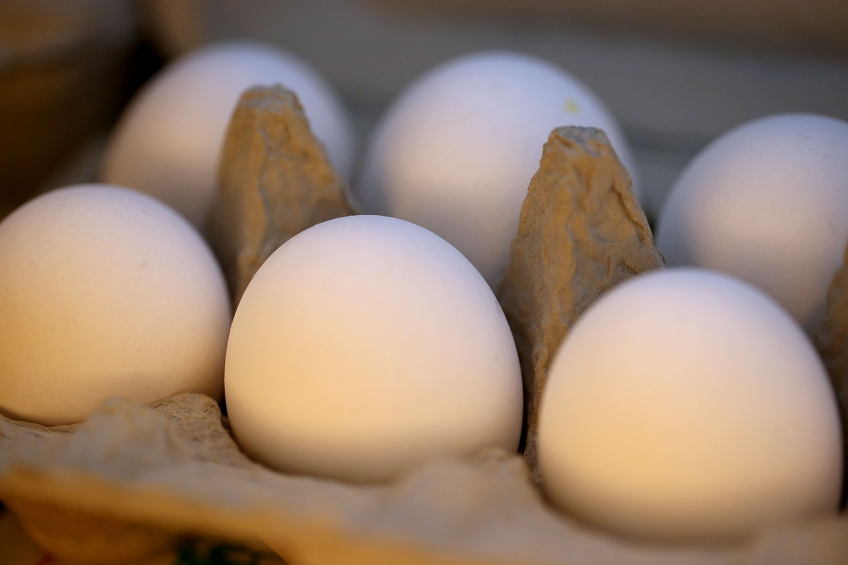Canadian egg farmers change housing strategy

Canada is to make an industry-wide transition away from conventional housing for laying hens in an attempt to harness latest science around enriched housing and non-cage production methods Ottawa.
Egg Farmers of Canada (EFC) made the announcement on behalf of the more than 1,000 Canadian egg farms, that a coordinated, systematic, market-oriented transition from conventional egg production toward other methods of production for supplying eggs will begin. This collective approach is to take hen welfare, human health, other resource implications, environmental impact and food production sustainability all into account.
Diversifying egg production practices
“In response to the best available scientific research and in light of changing consumer preferences, I’m pleased that the entire industry has agreed to an orderly transition plan that will further diversify our production practices,” said Peter Clarke, chairman of Egg Farmers of Canada.
“We see immense potential to leverage research and innovation to achieve the best possible outcomes across all factors of sustainable food production, which includes everything from environmental impacts to food affordability,” he added.
Major shift to enriched housing, free-range
This major shift will yield an almost 50% restructuring in as early as 8 years from now and includes a commitment to cease the installation of any new conventional housing. Presently about 90% of egg production is in conventional housing. The other 10% or so is in enriched housing, free-run, aviary or free-range.
Under the plan, to be overseen by a national working group in collaboration with the entire egg supply chain, the industry expects to achieve about a 50-50% mix in 8 years, about 85% (alternative production) in 15 years. All production would be in enriched housing, free-run, aviary or free-range by 2036 assuming the current market conditions prevail.
Benefits of enriched housing
Alongside this announcement, the industry hopes to discuss with stakeholders and consumers the benefits of enriched housing, which do not seem to be well or widely understood outside of the industry. These include food safety, the minimization of mortality, cannibalism, and other aggressive behaviours (hens flock together and enjoy small groups), ensuring adequate feed and water for all (hens have a pecking order), human health and the lowest possible environmental impacts.
Production methods were assessed by the Coalition for Sustainable Egg Supply’s four-year, commercial-scale study that looked at the sustainability of three different types of hen housing (conventional, aviary and enriched). Their research showed that enriched housing provides the benefits afforded by conventional production and additional features. It also allows hens to exhibit specific behaviours which may include perching, scratching, foraging, dust bathing and nesting.












